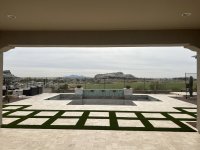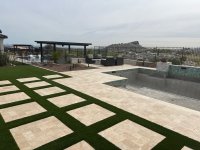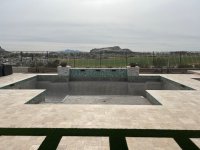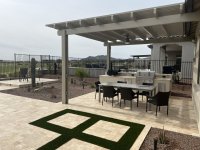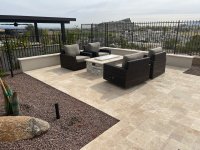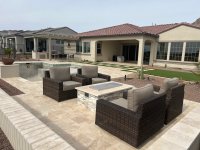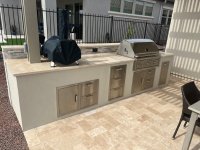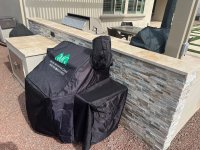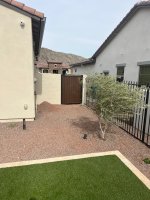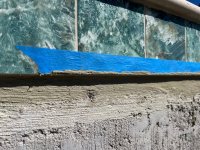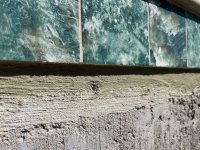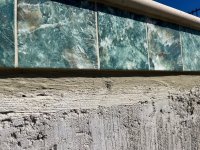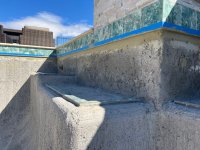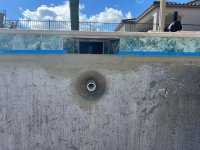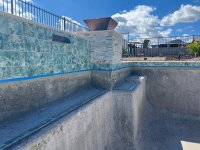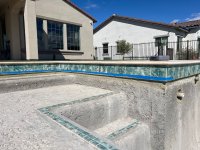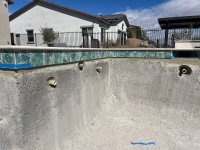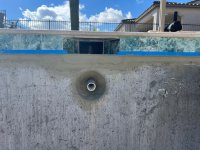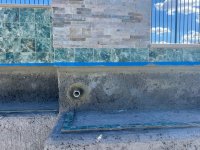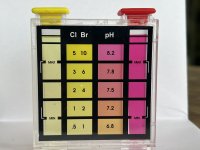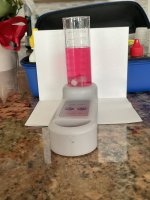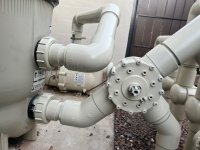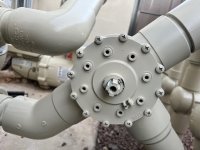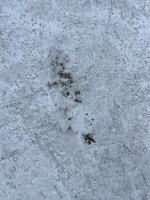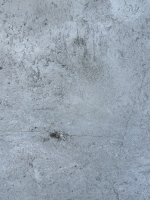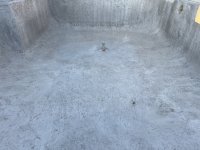Woo-hoo! I just got my pre-plaster city inspection approved!
Now it's all on me to get this thing finished off and started up.
I'm going with
Finest Finishes Universal Mini Pebble Sand Color with 10% touch of glass. This should produce a light green water color. We expect our greenish tile choice should deepen the green color of the water a little, I guess we'll see.
I've been reading through the links about plaster startup that
@ajw22 sent...
Review…

www.troublefreepool.com

www.troublefreepool.com
and I'm planning for the
bicarb startup. Since the bicarb startup wants TA min of 200 ppm and the
manufacturer's start up (which is the standard NPC startup) wants TA between 80 and 100 ppm I'm going into this knowing I'm giving up the manufacturer warranty. While I don't like giving that up, after reading what the manufacturer warranty actually covers I've come to the conclusion (guided by several TFP'ers) it really isn't worth much of anything and the applicator is much more important.
So, I'm calling
@onBalance in the hopes he can do a quick check on my plans and offer any additional advice. I underlined my questions.
I tested my fill water 2 times:
1st time: pH - 8.2, TA - 130, CH - 275 (1/22/24)
2nd time: pH - 7.8, TA - 120, CH - 275 (2/27/24)
To see what Leslie's came up with for metals, I had them test the same water from my 2nd test:
Leslie's: pH - 7.5, TA - 127, CH - 164 (and they found CYA of 5 for tap water

)
I know I can't trust anything they come up with, I just wanted to see what they found for metals. For iron and copper they found 0.
I'll be adding sequestrant anyway, is this a good idea? And when is it added during the fill?
Ok, my combined TA + CH is right around 400 ppm (which is the minimum) and pH looks in range that doesn't require adjustment, but the TA is below the 200 ppm target. Based on 20,164 gallons on the design and needing to raise my TA by 85 (at the low end) using pool math I come up with 25 lbs of baking soda.
Am I planning this out correctly? Bumping TA by 85 will get me close the upper end of the target range of 500 so it seems like a good place to shoot for. I'll be monitoring my pH as it fills to see if I'll need to add any acid to the barrel along the way.
Another question on the barrel set-up. I tested water flow from two hoses running simultaneously and got almost 16 gallons per minute.
Is it likely that three gravity fed 3/4" discharge hoses from the barrel will keep up with this flow? I'll test this out before filling but hoping for an idea if 3 hoses would work. By the way, found a plastic barrel on facebook marketplace for only $10, score!
Lastly, the one applicator I am seriously considering installs the mini-pebble on day one and returns on day two to polish and expose the aggregate with a light acid wash. I talked through my plaster best practices document (attached) and he seems like he agrees with most of it. He could have just been giving me lip service, I will be seeing if I can go watch one of his jobs.
Any other comments or suggestions?
